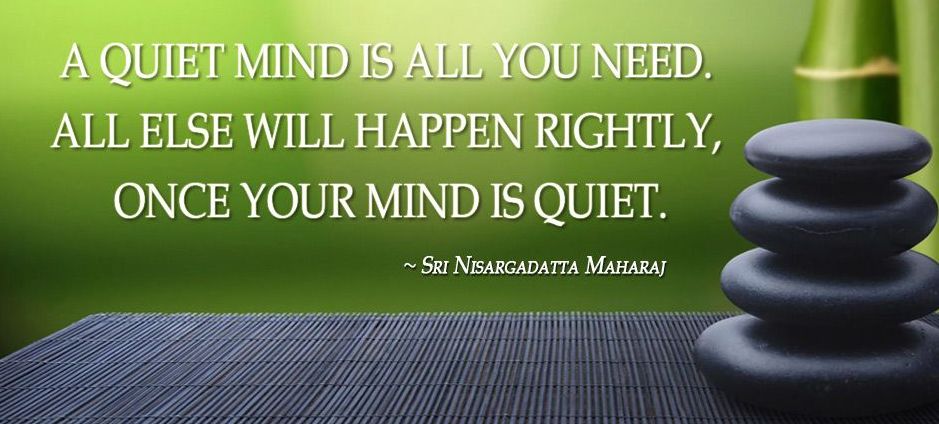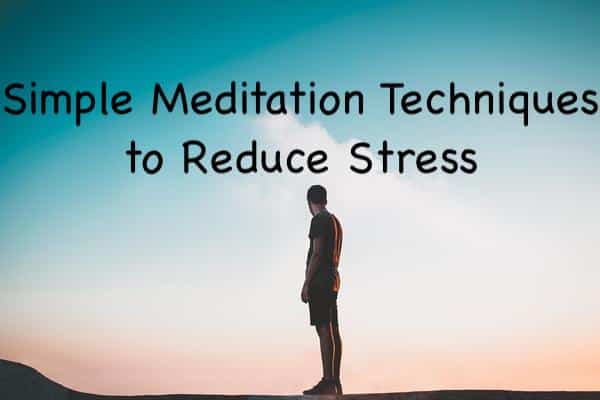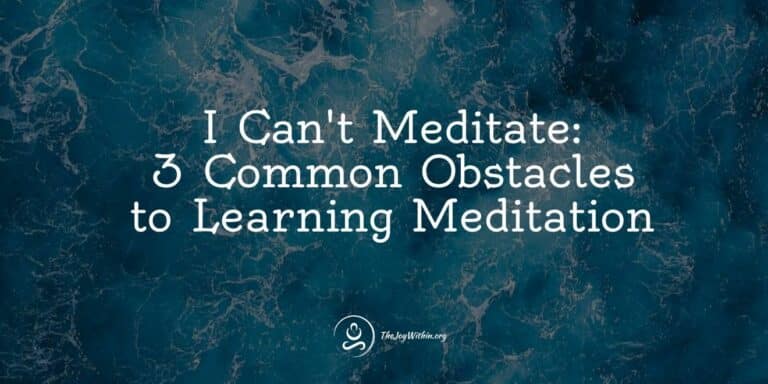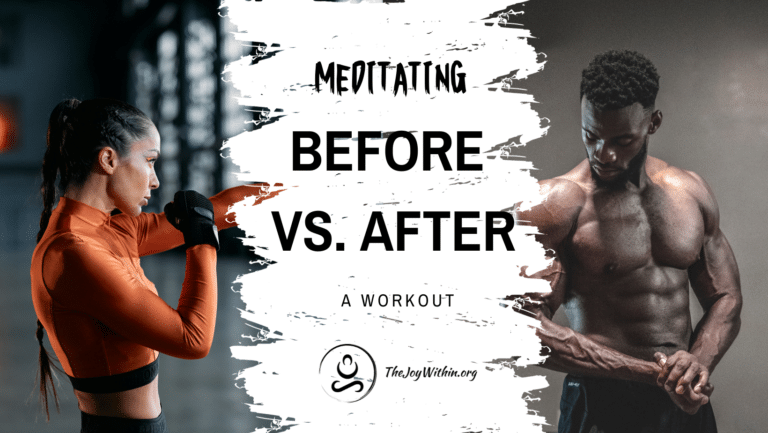If you suffer from stress or anxiety, then one of the best habits you can develop is to begin a practice of meditation.
Whether your stress is a one-off occurrence or a chronic issue you’ve struggled with for years, beginning a meditation routine is virtually guaranteed to help. Whether your stress originates at work or at home, and related to your health, finances, or just about any other issue, the solution could be as simple as taking a few minutes a day to breathe clearly.
In fact, stress relief is one of the clinically proven health benefits of meditation, and studies have shown that just a few minutes a day of concentrated breath work can do wonders to reshape destructive thought patterns and radically change the way you approach your life.
In this post I’ll outline 3 simple meditation techniques to relieve stress and anxiety.
Relaxation and Meditation Techniques to Relieve Stress

Exercise #1: Now I Am Breathing In
The first, and one of the most fundamental practices of meditation is simply to begin noticing your breath. My favorite technique to do this is to silently practice an inner mantra, saying to yourself, “Now, I am breathing in,” every time you inhale, and “Now, I am breathing out,” every time you exhale.
You can do this exercise as a meditation, taking as little as 5 minutes to sit quietly, or you can work with it throughout the day. You might practice it in the car, on your commute, or while going for a walk.
Click here to see the full exercise.
Exercise #2: Stepping Back to Breathe
Another great breath exercise you can work with is the practice of stepping back to breathe.
Like the last technique, this exercise is incredibly simple to do, but difficult to practice. The real challenge comes in your ability to practice it consistently as you move throughout your day.
The exercise itself can take as little as 30 seconds. Take a large inhale and a forceful exhale. If you’re feeling really stressed, you might repeat that loud exhale two or three times. Then, allow your breathe to return to a slower pace, and simply notice the natural motion of your breath for a few seconds. Notice the contrast between the loud, forced exhale you started with, and the easy, flowing motion to which your breath naturally wants to return.
I explain the exercise further in this video:
Exercise #3: Positive Affirmation Exercise
In addition to using meditation and breath techniques to relax your mind, you can also develop the habit of instilling more positive thoughts within you, through the use of autosuggestion and positive affirmations.
Affirmations work by creating new synaptic connections in your brain, helping to train your mind to appreciate more of the good that is already around you, and not feel as stressed when triggers arise in your environment. While this can take some time to practice, once you’ve programmed your mind to step back and feel grateful for everything that’s going well, you will be less likely to default to a stressed or overwhelmed attitude, and more likely to face each challenge clearly, as it arises.
Learn more about how to use positive affirmations.
Taking Your Meditation Practice To The Next Level
I hope you’ve enjoyed these three simple techniques and exercises for relaxation and meditation. I think you’ll find that if you practice them once or twice, they can be helpful, but the real benefits come when you develop the habit to work with these techniques consistently.
Try them for a month, and notice the profound impact they can have on your life. After a few weeks, you will likely feel calmer and more clear-headed when stressors arise, and you’ll be more about to handle them.
To take your practice to the next level, you can click here to explore more breath exercises, or try out these traditional paranayama techniques and exercises to deepen your meditation practice.




